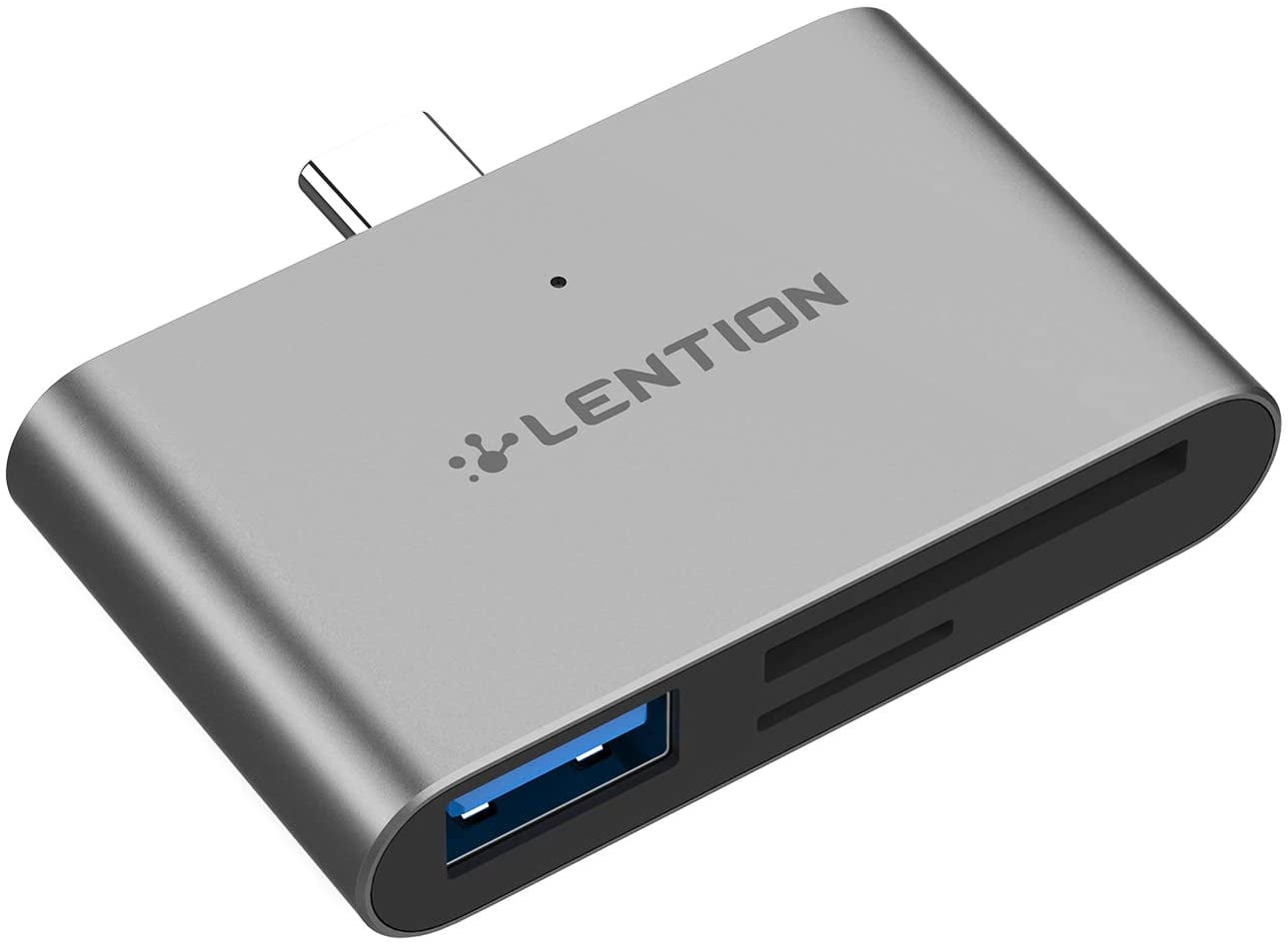

- 2016 macbook sd card reader mac os x#
- 2016 macbook sd card reader pro#
- 2016 macbook sd card reader mac#
It would appear that Apple focused more on the raw processing power boost and display quality enhancement by using a mini-LED panel rather than pondering too much about the port capabilities. Yes, 4K panels with 120Hz refresh rate output are not commonplace, but it would be a future-proof solution as the adoption slowly increases. An HDMI 2.0 port only supports a 4K at 60Hz on an external display, while the HDMI 2.1 standard takes things a notch higher by going up to 4K at a 120Hz refresh rate.
2016 macbook sd card reader pro#
The HDMI port on the MacBook Pro is also compliant with the 2.0 standard and not the latest HDMI 2.1 standard. However, it’s not just the SDXC slot where Apple has cut some corners.

For creative professionals such as photographers and filmmakers, Apple’s odd choice of sticking with an older UHS bus interface comes as a bummer for a machine that costs a pretty penny. In a nutshell, users can’t experience the faster read and write speeds of a corresponding SDXC Class-III card if they insert it inside the UHS-II bus on the new MacBook Pro models. In fact, the bus interface is two generations old, as the SD Express standard with PCIe Gen 4 offers a blazing fast 3.9GB/s throughput.īoth the UHS-II and UHS-III bus interfaces rely on a two-lane system for data transfer requiring two rows of pins used for upstream and downstream data movement, respectively. The newer and faster UHS-III interface can achieve a speed of up to 624 MB/s, double that of the UHS-II standard supported by Apple’s latest and greatest ‘Pro’ laptop. Established by the SD Association, the SDXC bus interface falling under the UHS-II bracket offers a peak data transfer speed of 312 MB/s. However, the company has told The Verge’s Dan Seifert that the slot supports the older UHS-II standard.
2016 macbook sd card reader mac#
Thanks to Macworld reader Kraig for suggesting this Mac 911 column idea. (Apple dropped the SD slot in the MacBook Pro starting with 2016 models. Related: Why MacBook Pro's M1 Pro & M1 Max Graphics Upgrades Are ImportantĪpple’s official product pages for the MacBook Pro don’t mention the SDXC card bus interface. For Macs with a slot that holds SD cards.

But it appears that one aspect flew under the radar amidst all the excitement concerning the SD card’s output. However, the return of I/O options such as an HDMI port, the upgraded Thunderbolt 4 USB-C ports, and the SD card reader is what power users have been craving for years.

The new M1 Pro and M1 Max processors stole most of the limelight, thanks to some impressive performance gains compared to Apple’s own M1 chip and previous-gen 16-inch MacBook Pro from 2019. Nevertheless, the company wowed eager fans with its 14-inch and 16-inch MacBook Pro updates that pack an all-new mini-LED display with an ugly notch, better keyboard, improved thermal design, higher-resolution front camera, and faster chips. Two things you should consider about an SD Card: performance and accidental ejection.Applemade sure that the refreshed MacBook Pro is loaded to the gills with top-of-the-line hardware, but the company forgot to extend the same treatment to the SD card reader, which is stuck at the two-generation-old and slower UHS-II standard.
2016 macbook sd card reader mac os x#
Apple has an extensive support page about the SD card slot, which is a sort of shortcut name for a variety of card formats that can fit and conform to a set of standards.Īnd Apple explicitly answers the question about whether you could even switch to an SSD as your startup volume: Yes! Make sure it’s both using the GUID partition format and Mac OS X Extended. While these cards may come formatted in a Windows-specific or universal format for Macs and PCs, you can reformat to “Mac OS X Extended” (HFS+) in Disk Utility, and use them just like any other Mac volume. If you’ve got a Mac with just a 128GB drive, you might find a $20 to $30 128GB SD Card could fit your needs. The sweet spot is 256GB, which can cost from $60 to $80 at online stores 512GB cards are typically at least $200. If you don’t use a standalone camera to shoot, you might be unaware that capacities have grown from 32GB and 64GB to 256GB and 512GB while prices have dropped ridiculously.


 0 kommentar(er)
0 kommentar(er)
